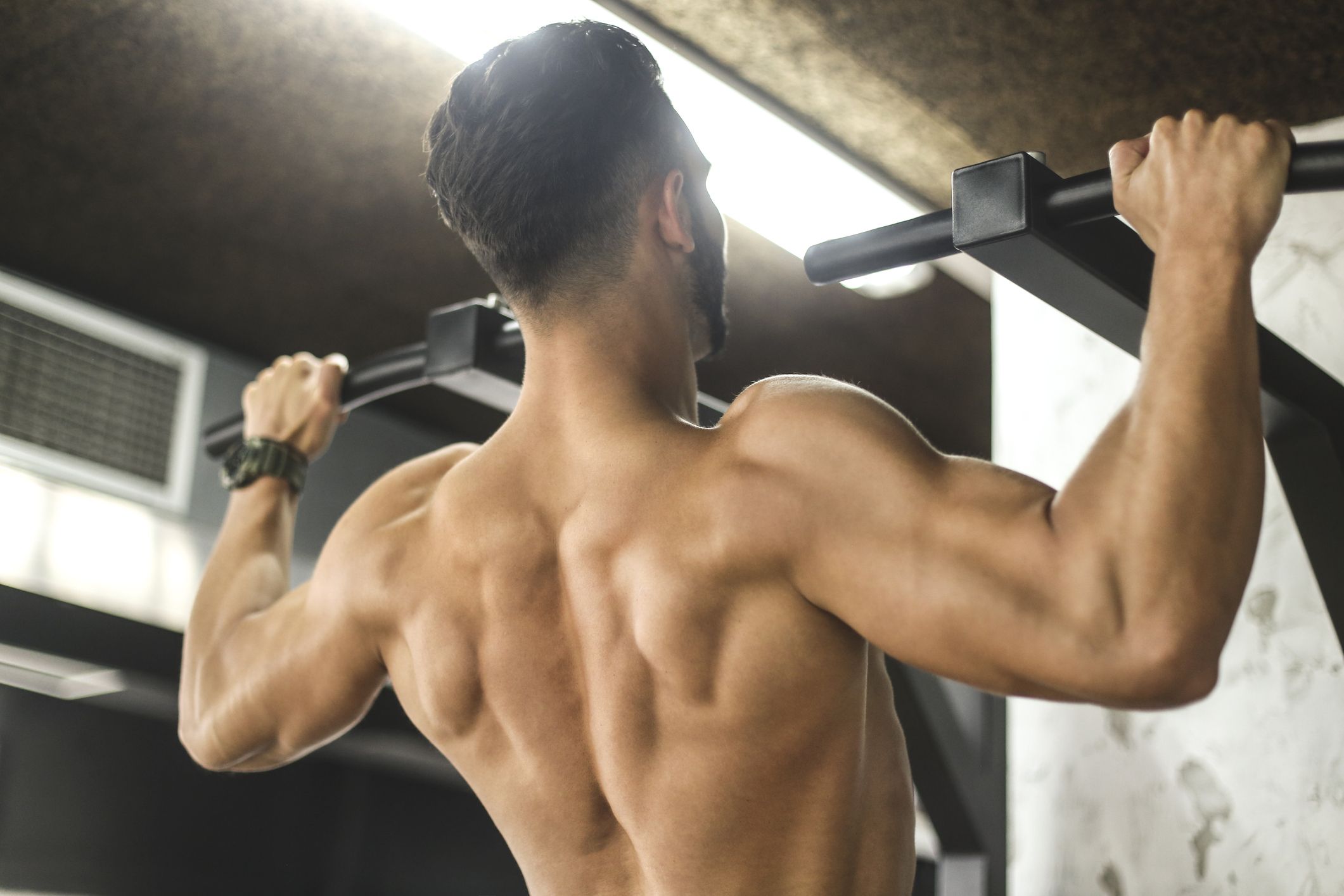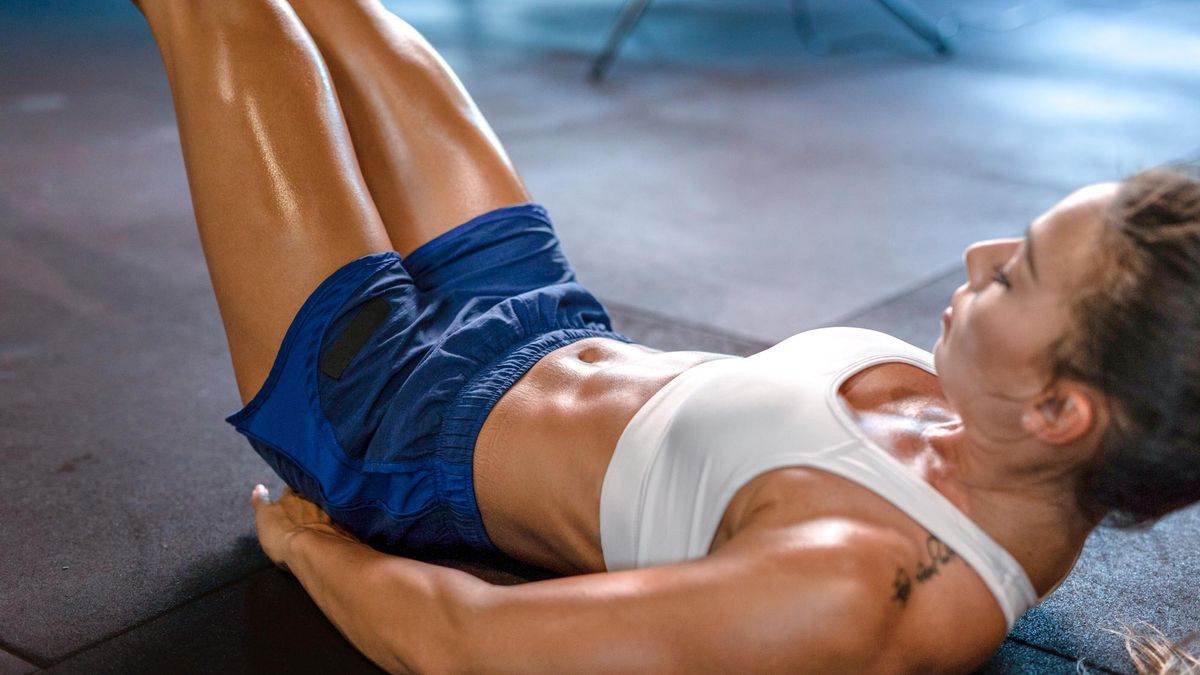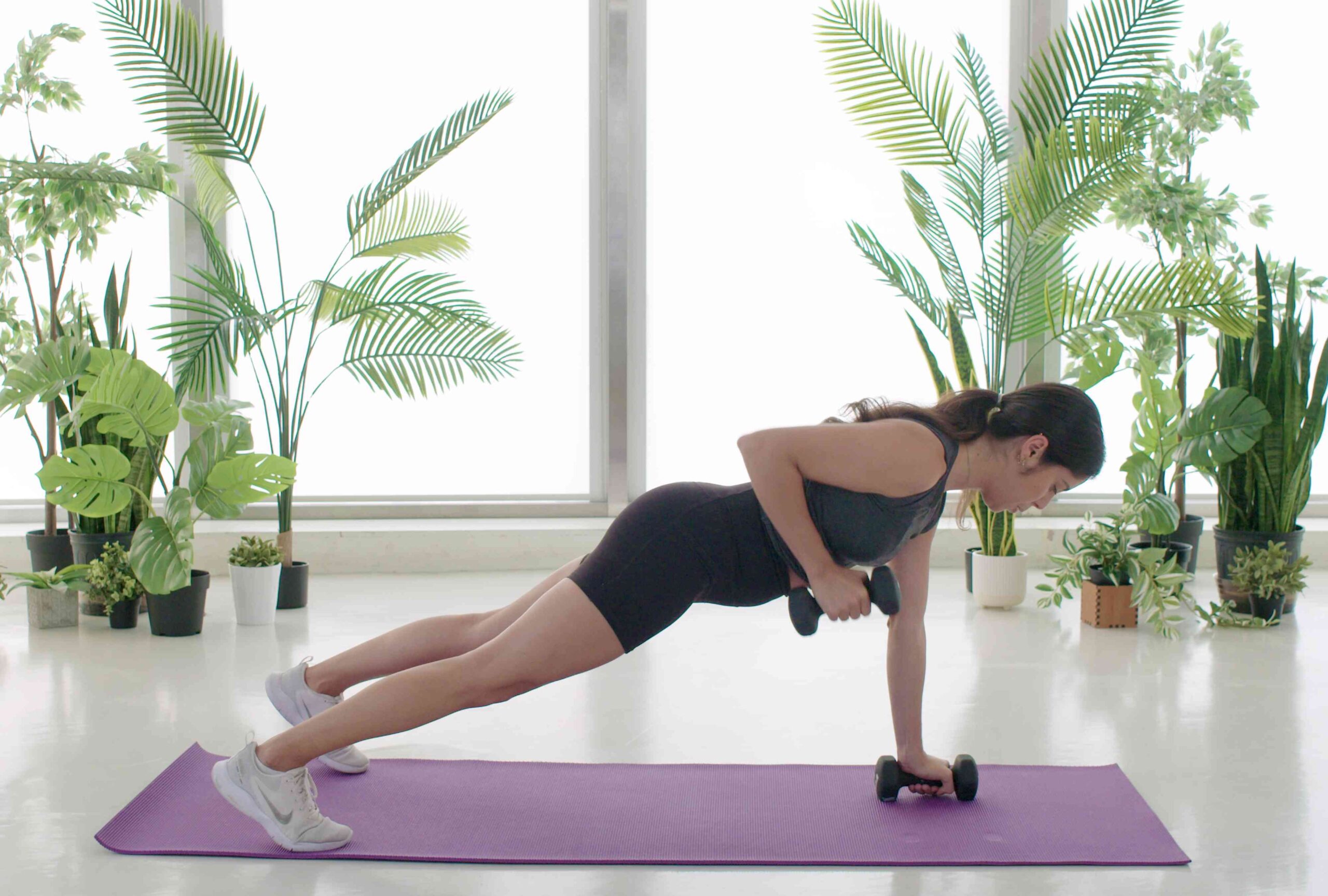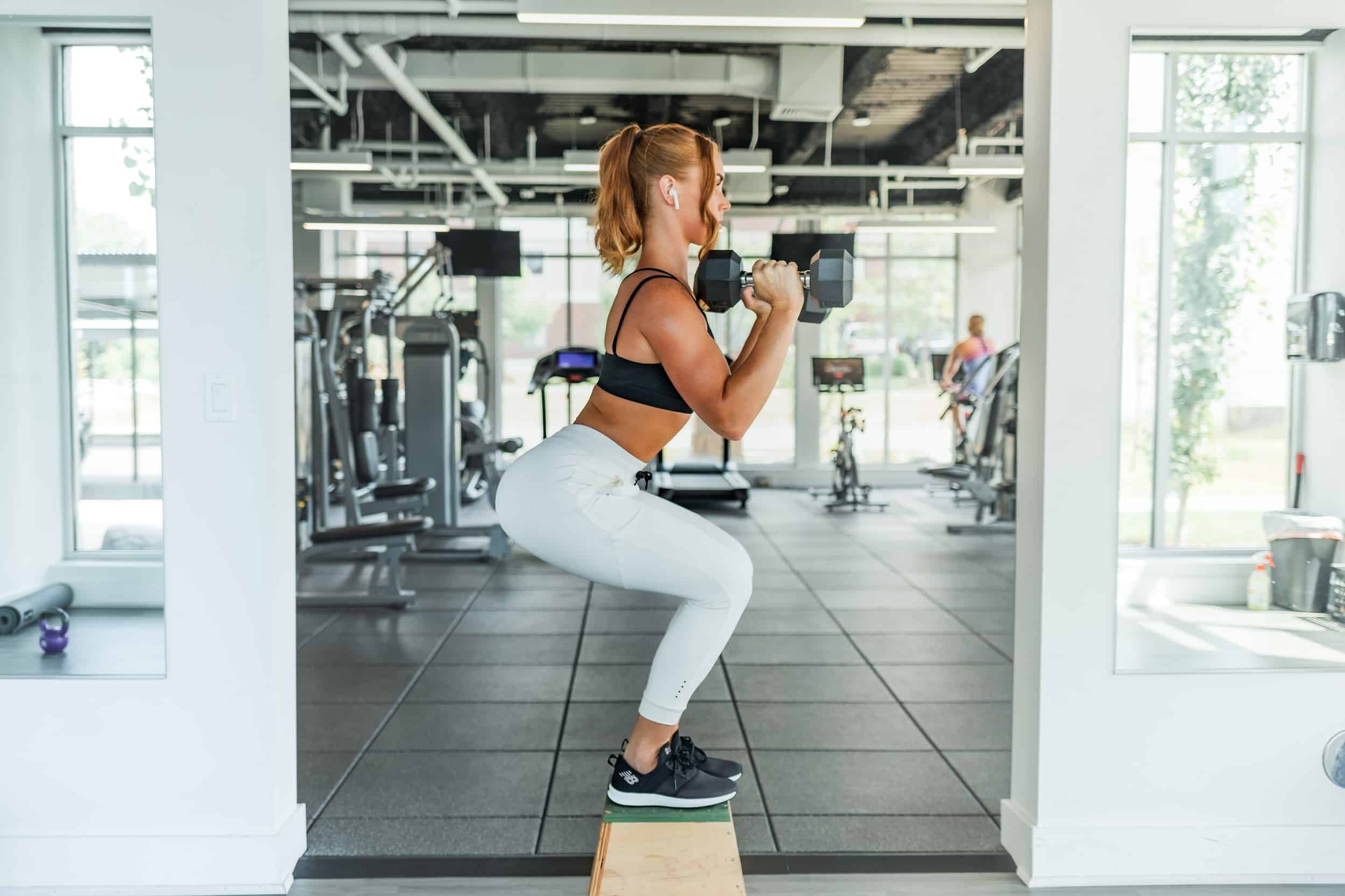Building well-defined shoulders can greatly enhance your overall physique and strength. Engaging in targeted shoulder workouts will not only improve muscle definition but also boost your functional fitness. Understanding your shoulder anatomy helps you choose the right exercises to maximize your results while minimizing the risk of injury.
This article presents ten effective workouts designed to shape and strengthen your shoulders. You’ll learn about essential exercises that focus on different muscle groups within the shoulder for balanced development. Discover how to incorporate both compound and isolation movements for optimal muscle growth and definition.
In addition to workout tips, this guide emphasizes the importance of maintaining shoulder health. With proper techniques and precautions, you can avoid injuries while progressing in your shoulder training.
Key Takeaways
- Targeted workouts can enhance your shoulder definition and strength.
- Understanding shoulder anatomy helps in choosing effective exercises.
- Maintaining shoulder health is key to preventing injuries during workouts.
Understanding Shoulder Anatomy for Effective Workouts
Knowing the shoulder anatomy helps you choose the right exercises. The main players are the deltoids and the rotator cuff. Understanding their roles will improve your workouts and support your goals for shoulder definition.
The Role of the Deltoids in Shoulder Movements
The deltoid muscle is the primary muscle of the shoulder. It consists of three parts: anterior (front), lateral (side), and posterior (rear). Each part has a unique function during shoulder movements.
- Anterior Deltoid: This part helps with pushing movements, like overhead presses.
- Lateral Deltoid: It is crucial for lifting your arms to the side, enhancing shoulder width and definition.
- Posterior Deltoid: It stabilizes your shoulder during pulling actions, such as rows.
Targeting all three areas ensures balanced strength and appearance, leading to well-defined shoulders.
Rotator Cuff Complex and Shoulder Stability
The rotator cuff is a group of four muscles: supraspinatus, infraspinatus, teres minor, and subscapularis. These muscles work together to stabilize the shoulder joint.
- Supraspinatus: It initiates arm abduction, allowing you to lift your arms away from your body.
- Infraspinatus and Teres Minor: These muscles enable external rotation of the shoulder. They are vital for activities like throwing and swimming.
- Subscapularis: This muscle allows internal rotation, which is important for many daily tasks.
A strong rotator cuff protects the shoulder from injuries during heavy lifts and promotes better performance in workouts. Focus on exercises that strengthen both the deltoids and the rotator cuff for effective shoulder training.
Essential Shoulder Exercises for Strength and Definition
To develop well-defined and strong shoulders, it is important to include a variety of exercises that target different parts of the shoulder. Focus on shoulder press variations, lateral raises, and exercises that work your rear delts for a balanced appearance.
The Power of Shoulder Press Variations
Shoulder press variations are crucial for building strength and size in your shoulders. The dumbbell shoulder press allows for greater range of motion and targets all parts of the deltoids effectively. To perform it, sit or stand with a dumbbell in each hand at shoulder height. Press the weights overhead until your arms are fully extended, then lower back down.
The military press is a classic compound exercise that emphasizes your front delts. Use a barbell or dumbbells, and keep your posture straight. An alternative is the Arnold press, which starts with the weights in front of you and rotates them as you lift. This variation helps engage multiple shoulder muscles.
Mastering Lateral Raises for Lateral Deltoid Development
Lateral raises are key for developing your lateral deltoids. This exercise helps create width in your shoulders, giving you a more defined look. Begin with a dumbbell lateral raise by holding dumbbells at your sides. Raise your arms to the side until they are parallel to the ground, then lower them slowly.
To enhance the effectiveness, keep a slight bend in your elbows throughout the movement. Using lighter weights will help maintain form and focus on the muscle activation. Front raises are also a great addition, working on the front delts while supporting overall shoulder development.
Rear Delt Focus: Exercises for a Balanced Look
Focusing on your rear delts is essential for balanced shoulder development. Include rear delt flyes in your routine. Bend forward at the hips, holding a dumbbell in each hand. Raise the weights out to the sides to work your posterior deltoids, then return.
Incorporate upright rows as well. Use a barbell or dumbbells, pulling the weights up along your body to shoulder height. This not only targets your rear delts but also engages your traps. Finish with rear delt rows, which can be done seated or bent over, to ensure your posterior deltoids get ample attention.
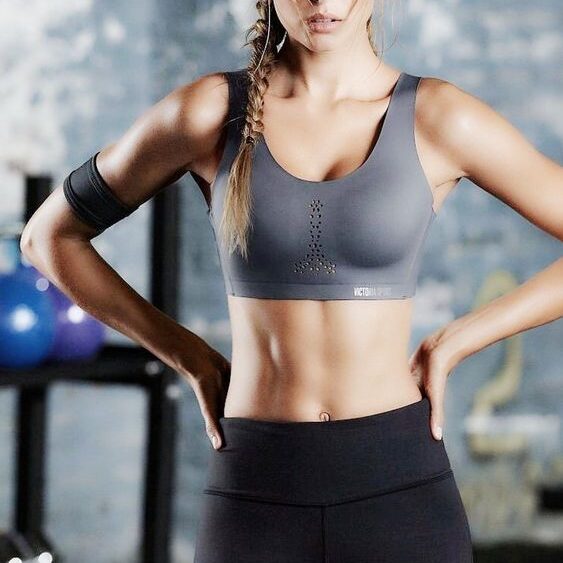
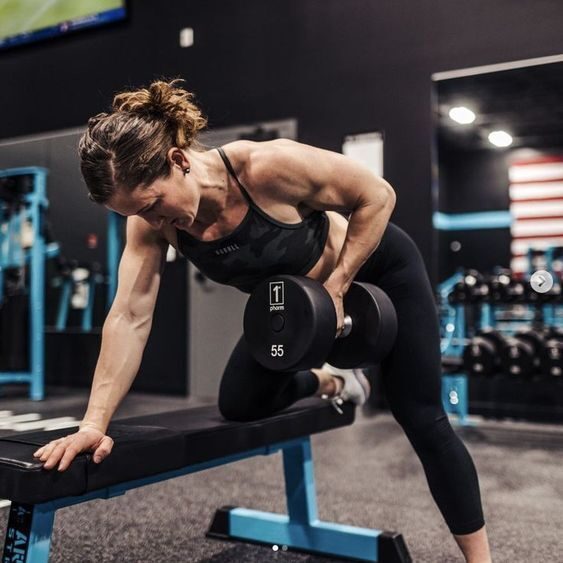
Incorporating Compound Movements and Isolation Work
Combining compound movements with isolation exercises can enhance your shoulder workouts. This approach not only builds strength but also increases muscle activation for better results. You can tailor your routine to match your fitness goals effectively.
Strategies for Blending Exercises for Maximum Growth
To maximize muscle-building, alternate between compound and isolation exercises. Start with compound movements such as the military press or barbell overhead press. These exercises work multiple muscle groups, ensuring you build overall strength and stability.
After the compound sets, follow up with isolation moves like lateral raises and front raises. These target specific shoulder muscles, enhancing definition. A suggested routine might look like:
- Military Press – 3 sets of 8-10 reps
- Lateral Raises – 3 sets of 12-15 reps
- Arnold Press – 3 sets of 8-10 reps
- Front Raises – 3 sets of 12-15 reps
Focus on maintaining proper form to prevent injury and boost effectiveness.
Isolation vs. Compound: Tailoring to Your Goals
When deciding between isolation exercises and compound movements, consider your specific goals. Compound exercises are essential for building strength and versatility. They engage multiple joints and improve functional fitness.
On the other hand, isolation exercises are helpful for muscle definition. Such movements allow for better targeting of specific areas, ideal if you want to sculpt your shoulders.
If your focus is on mass and strength, prioritize compound movements in your routine. If your goal is to enhance muscle shape and detail, increase the number of isolation exercises. Balancing both types is key to developing well-defined shoulders while ensuring full muscle activation.
Advanced Techniques for Shoulder Workout Progression
To effectively shape and define your shoulders, you can incorporate advanced training techniques. These methods will enhance muscle growth, increase strength, and optimize workout intensity.
Utilizing Supersets for Intensity
Supersets involve performing two exercises back-to-back with little to no rest in between. This technique boosts muscle fatigue and increases workout efficiency.
Example Superset for Shoulders:
- Dumbbell Shoulder Press (10-12 reps)
- Lateral Raises (10-12 reps)
By combining these exercises, you increase intensity and promote hypertrophy. You can target different parts of the shoulder, maximizing your workout.
Aim for 3-4 sets of each superset. The fast pace keeps your heart rate up. This combination not only builds strength but also adds definition to your shoulders. Adjust weights as needed to maintain form while pushing your limits.
Decoding Progressive Overload for Shoulder Hypertrophy
Progressive overload is crucial for continuous strength gains and muscle growth. This method involves gradually increasing the demands placed on your shoulders.
Techniques for Progressive Overload:
- Increase Weight: Add 5-10% more weight when you can complete your reps easily.
- Increase Repetitions: If weight isn’t an option, try adding more reps within your set range.
- Change Tempo: Slow down your lifting speed to enhance time under tension.
Implement these changes every few weeks to keep progressing. For instance, if you can do 8 reps of a push press comfortably, aim for 10-12 reps next. Tracking your workouts will help you stay consistent and motivated.
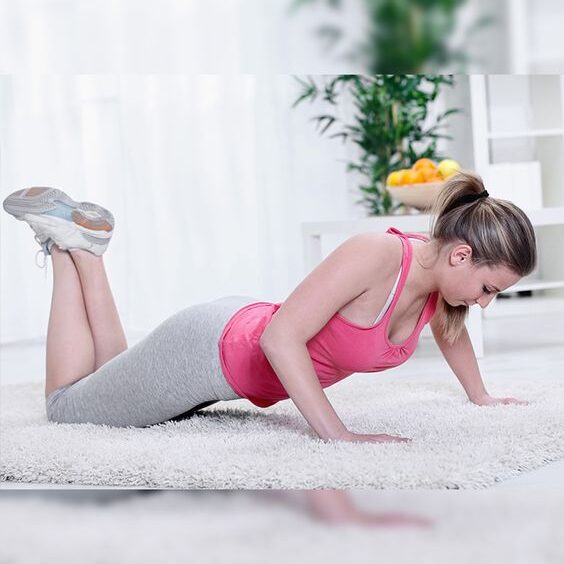

Ensuring Shoulder Health and Injury Prevention
To keep your shoulders strong and healthy, proper warm-up and cool down routines are essential. Additionally, using techniques to protect your shoulder joint during exercises can greatly reduce the risk of injury.
The Importance of Proper Warm-Up and Cool Down Routines
A proper warm-up prepares your muscles and joints for the workout. It increases blood flow and elevates your heart rate. Spend at least 5-10 minutes doing light cardio followed by dynamic stretches. Focus on movements that engage your shoulders, such as arm circles and torso twists.
After your workout, cool down for 5-10 minutes. This can include static stretches for the shoulder area. Stretching helps your muscles relax, improves flexibility, and aids recovery. Concentrate on the triceps and rotator cuff muscles. These warm-up and cool down practices can help prevent tightness and promote better functional fitness.
Techniques to Protect the Shoulder Joint During Exercise
Using proper form during exercises is crucial for shoulder health. Always maintain a stable core, as a solid core reduces strain on the shoulders. When lifting weights, keep your elbows slightly bent to protect your rotator cuff.
Incorporate exercises that strengthen the shoulder muscles, aiming for balance between the front and back. This can help maintain joint stability. Consider including external rotation movements to enhance rotator cuff strength. Use lighter weights and higher repetitions to avoid overloading your shoulder muscles.
Avoiding jerky or uncontrolled movements also helps minimize the risk of injury. Focus on smooth, controlled motions to improve your shoulder strength while protecting your joints.
Frequently Asked Questions
This section addresses common questions about shoulder workouts and fitness. You will find specific exercises and tips for shaping and defining your shoulders effectively.
What are the top 10 exercises to shape and define shoulders?
Some of the best exercises include the shoulder press, lateral raises, front raises, reverse flys, and upright rows. Incorporating compound movements like push presses and incorporating cables can also boost shoulder development.
How can females tone their shoulders effectively?
Women can tone their shoulders by focusing on lighter weights with higher repetitions. Exercises like dumbbell shoulder presses, lateral raises, and resistance band workouts can help create definition without adding bulk.
What is the best shoulder workout for men seeking a toned look?
A good routine for men includes heavy compound lifts like barbell overhead presses and dumbbell rows. Aim for 3-4 sets of 8-10 reps for each exercise to build muscle while keeping a toned appearance.
How can I achieve a V-taper in my shoulders through exercise?
To achieve a V-taper, focus on exercises that build shoulder width and back strength. Lateral raises and wide grip pull-ups are effective at enhancing your shoulder width while developing the upper back.
What is the recommended frequency of shoulder workouts for muscle definition?
You should aim to work on your shoulders about 2-3 times a week. Ensure there is enough time for recovery between workouts to promote muscle growth and avoid injury.
Can you recommend a complete shoulder hypertrophy workout routine?
A solid hypertrophy routine includes seated dumbbell presses, lateral raises, bent-over reverse flys, and Arnold presses. Perform 3-4 sets of each exercise with 8-12 repetitions for optimal growth and definition.
